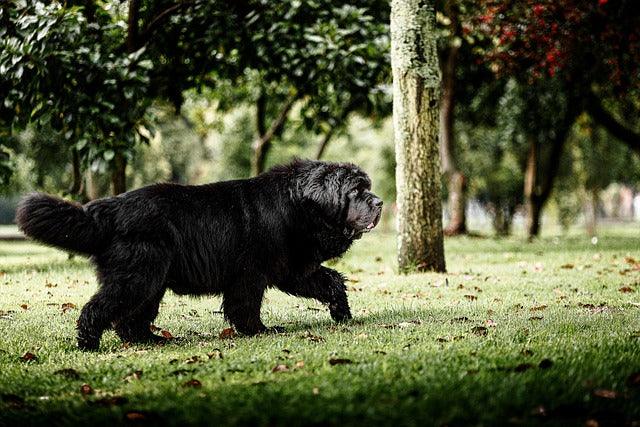
Singapore Cat — A Tiny Treasure with a Big Heart
Grace and Charm in a Small Frame
Among all feline breeds, the Singapore Cat stands out with its delicate charm, silky coat, and expressive eyes. Often described as the “little lion of love,” this breed captures hearts not only through its petite size but also its affectionate and gentle temperament. Native to Singapore’s streets, these cats evolved into graceful companions admired for their warmth and curiosity.
Small in stature yet bold in spirit, the Singapore Cat embodies quiet confidence. They thrive in cozy homes, love close human connection, and prefer gentle routines. For many pet parents, the joy of sharing daily life with a Singapore Cat feels like living with a tiny heartbeat full of devotion.

Personality and Connection
The Singapore Cat is naturally social and intelligent. Unlike some independent breeds, they seek emotional closeness and often follow their humans from room to room. Their soft meows and affectionate gestures make them an ideal companion for families, seniors, or anyone who appreciates gentle affection.
These cats learn easily and adjust to home life quickly. They enjoy sunlit spots, soft blankets, and quiet afternoons. Their calm nature makes them perfect partners for those seeking peace and comfort.
For many, this connection forms an unspoken bond — one that continues long after physical separation. That’s why so many families choose to honor their Singapore Cat’s memory with a meaningful keepsake like a handcrafted cat urn.

A Timeless Tribute to Gentle Souls
Saying goodbye to a beloved Singapore Cat is never easy. Their soft purrs, curious gazes, and delicate presence linger long after they’re gone. Creating a gentle and elegant tribute helps keep their spirit near — a daily reminder of shared warmth and love.
At Elysian Pet, each Cat Urn is crafted with care and detail, designed to preserve not only ashes but also emotion. Every ceramic urn is hand-painted and finished with smooth textures that reflect calm and peace — qualities that mirror the Singapore Cat’s tranquil personality.
These urns are more than vessels. They are art pieces symbolizing enduring love and eternal connection. Whether placed on a bookshelf, near a window, or by your cat’s favorite resting spot, they offer quiet comfort and reflection.
Design Inspired by Love and Memory
The artistry behind each Elysian Pet Cat Urn draws from nature’s elegance and feline grace. Soft curves, minimal patterns, and hand-painted glazes make each urn unique — just like every cat it commemorates.
The color palette often mirrors the Singapore Cat’s warm beige and sepia tones, complementing their natural beauty. Every urn can be personalized, allowing pet parents to choose the style that best expresses their love. This personalization turns memory into a timeless work of art — one that honors life and love in equal measure.

Why Choose a Handmade Cat Urn
Mass-produced memorials often lack emotional depth. A handcrafted urn, however, carries a sense of intimacy. It’s designed not only to hold ashes but also to represent a lasting story — one of affection, companionship, and remembrance.
Elysian Pet’s cat urn collection offers several designs suitable for the Singapore Cat’s personality:
-
Minimal and modern styles for contemporary homes
-
Delicate artistic pieces featuring hand-painted motifs
-
Compact keepsake urns ideal for partial ashes or a lock of fur
Each option helps create a memorial that reflects your cat’s unique charm, ensuring their presence continues to bring warmth to your home.
A Legacy of Grace and Love
The Singapore Cat reminds us that love doesn’t depend on size. Though small, they leave a tremendous impact — their memory etched in every shared glance, every moment of comfort, and every peaceful purr.
By keeping their memory alive through a thoughtful tribute, pet owners can transform grief into gratitude. The handcrafted Elysian Pet Cat Urn stands as a symbol of this transformation — celebrating the life, grace, and eternal bond between human and feline.
Final Reflection
Every pet’s journey leaves a story behind. For those lucky enough to share their lives with a Singapore Cat, the bond remains strong and eternal. Through mindful remembrance, love finds new form — peaceful, enduring, and beautifully honored.
To discover how to preserve that love, visit Elysian Pet’s Cat Urn Collection and find the design that speaks to your heart.








